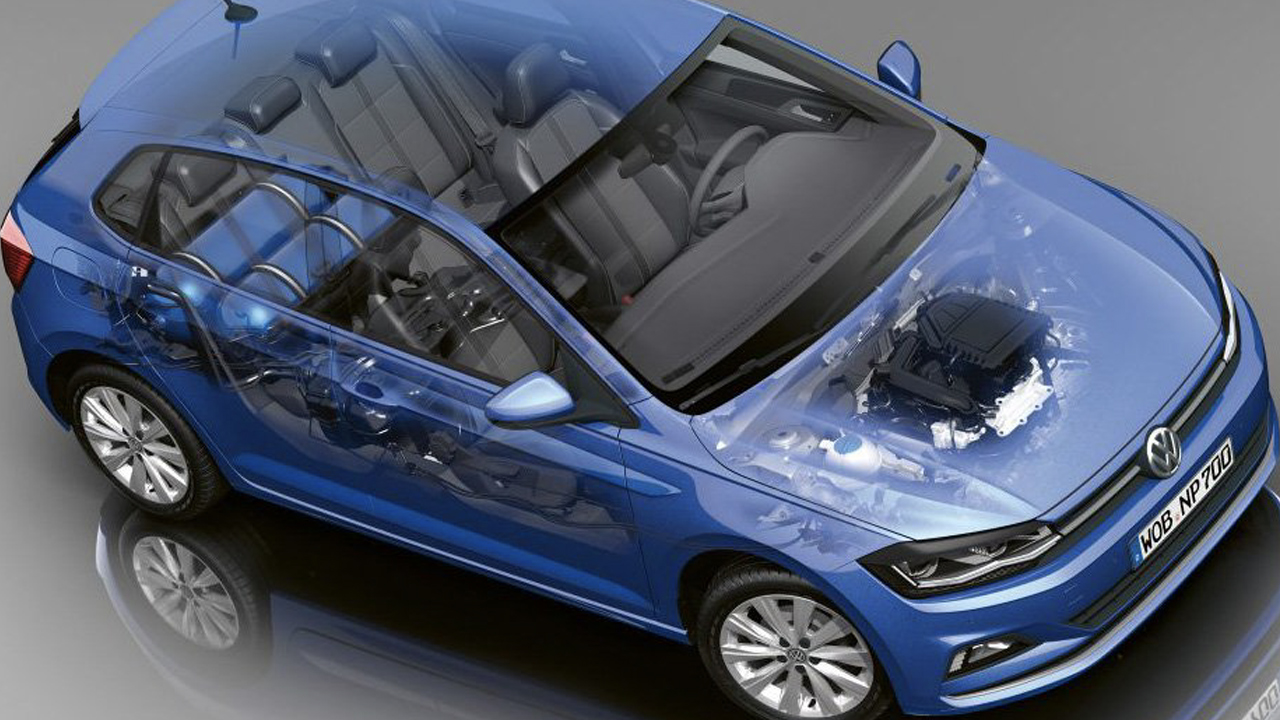Imagine if the gases coming from the exhaust of your car do not harm nature, your fuel both economical and environmentally friendly. While this sounds like a science fiction scenario, it is actually a reality that is currently being used in many places and is considered the automotive technology of the future.
So why natural gas cars Can’t we see much?
Engines that run on natural gas have a structure that is very similar to gasoline engines.

The main difference is the type of fuel and the combustion process. natural gas engines, compressed natural gas (CNG) or liquefied natural gas (LNG) It uses it in two different ways. These gases are injected into the engine and compressed and burned at high temperatures. Combustion results in cleaner and less harmful gas emissions compared to traditional fuels.

The energy efficiency of natural gas is higher than that of gasoline. Less natural gas is needed to produce the same amount of energy. this too fuel costs and offers drivers an economic advantage. In addition, natural gas engines run quieter, making the driving experience more comfortable.
One of the biggest advantages of natural gas engines is their environmental friendliness.

When gasoline and diesel are burned, harmful gases are released, such as carbon dioxide, carbon monoxide, nitrogen oxides and particulate matter. This is natural gas harmful emissions reduces significantly.
Carbon monoxide and nitrogen oxide emissions are virtually negligible. this too air pollution It creates a cleaner atmosphere in cities by reducing pollution
What are the economic and strategic benefits?

Natural gas, a resource found in many parts of the world, is cheaper than oil. This means that engines run on natural gas. economic makes it beneficial. Countries can reduce their dependence on foreign energy by using domestic natural gas sources.
Why don’t we see natural gas cars more often?

Even though it’s cheaper, that doesn’t mean it won’t sell out. As supply increases rapidly, prices are certain to rise. In addition, natural gas extraction environmental effects there is. This discourages the use of natural gas as a fuel source.
Because the infrastructure works have not yet been developed, we do not often see these vehicles on the roads. Although it is used in some vehicles, such as heavy-duty freight, it is not more common, and such engines are must be developed.

Speaking of infrastructure, of course refuel You also have to think. There are concerns about refueling as there are no natural gas filling stations around the world. In addition, factors such as extra weight and technological uncertainty are the reasons why we do not see natural gas vehicles.
What if you want to use these tools in the future as they become widespread?
Sources: Volkswagen, Greg’s Petro, KBB, How Stuff Works, Virginia Natural Gas, Science Direct
For more information about cars:
Follow Webtekno on X and don’t miss the news



















